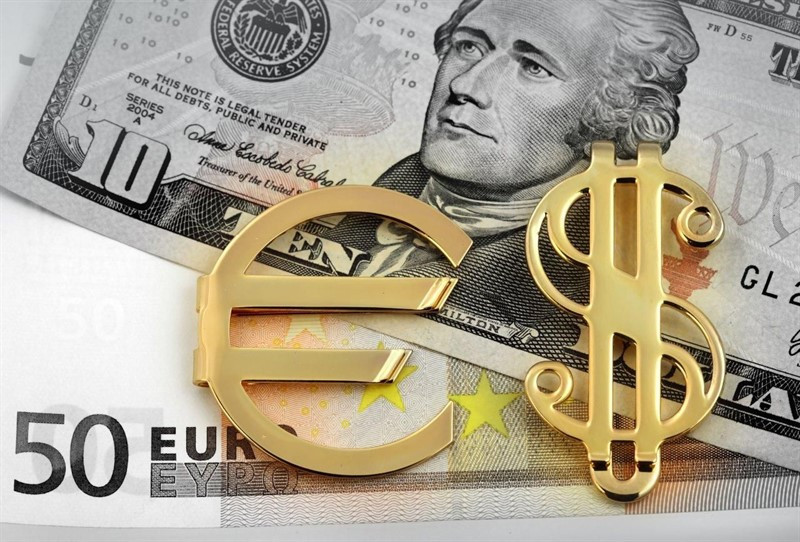
Renewed hopes for new economic stimulus from Washington allowed the S&P 500 index to rewrite record highs and pushed the greenback to levels not seen in more than two and a half years.
US House majority leader, Steny Hoyer, said on Wednesday that reaching a deal on new budget incentives is possible this weekend.
The news that the COVID-19 vaccine developed by Pfizer and BioNTech has been approved for use in the UK also added to the optimism of market participants.
"The UK is starting vaccinations and the US is expected to do the same in the coming weeks," said Yujiro Goto of Nomura Securities.
Against this background, the greenback sank below 91 points for the first time since the end of April 2018.
The dollar continued to fall against most of its major competitors, even as the yield on 10-year US government bonds rose to its highest level since May 2019.
Optimism over renewed fiscal stimulus talks in Washington pushed the underlying 10-year yield to 0.96% on Wednesday.
Apparently, market participants are betting that the growth in Treasury yields will be accompanied by a recovery in the national economy and moderate inflation in the country, which will allow the Federal Reserve to keep interest rates low. This gives investors very little reason to buy the dollar.
UBS experts believe that the impulse for the weakening of the USD will continue. According to them "any bounce in the dollar is likely to attract sellers."
Analysts at Morgan Stanley also expect further weakening of the US dollar, linking it with the growth of the double deficit in the United States (the state budget and the balance of payments). They predict that in the next 12 months, the price of greenback may fall by 10%.
Commerzbank specialist, Esther Reichelt, said "Additional fiscal stimulus ahead of the inauguration of the new head of the White House, Joe Biden, will reduce the current downside risks for the US economy. This will strengthen inflationary expectations, which will weaken the dollar given the long-term objectives of the Fed's monetary policy,."
A surge in hopes for additional fiscal stimulus in the US and heightened expectations that a vaccine will turn the tide on COVID-19 have allowed EUR/USD to renew its 32-month high above 1.2100.
However, the main pair is now hitting a fairly wide area of resistance, where the lows of 2010 and 2012, as well as the high of 2017, are located.
"A similar technical picture was observed in late 2017 - early 2018, when the EUR/USD pair first rose to the 1.2100 mark, and then spent four months, consolidating in the 1.1550-1.2100 range, after which it broke through the resistance and skyrocketed 450 points in three weeks," market strategists told Bloomberg.
"In case of a breakout of the 1.2200 mark, the EUR/USD pair can soar to 1.2500 quite quickly. The single European currency may also be supported by a seasonal factor. In December, the euro appreciated against the US dollar in seven out of ten cases over the past ten years," they added.
According to experts, the main threat to the EUR at the end of the year is represented by the prospects of profit-taking after impressive growth.
 English
English 
 Русский
Русский Bahasa Indonesia
Bahasa Indonesia Bahasa Malay
Bahasa Malay ไทย
ไทย Español
Español Deutsch
Deutsch Български
Български Français
Français Tiếng Việt
Tiếng Việt 中文
中文 বাংলা
বাংলা हिन्दी
हिन्दी Čeština
Čeština Українська
Українська Română
Română

